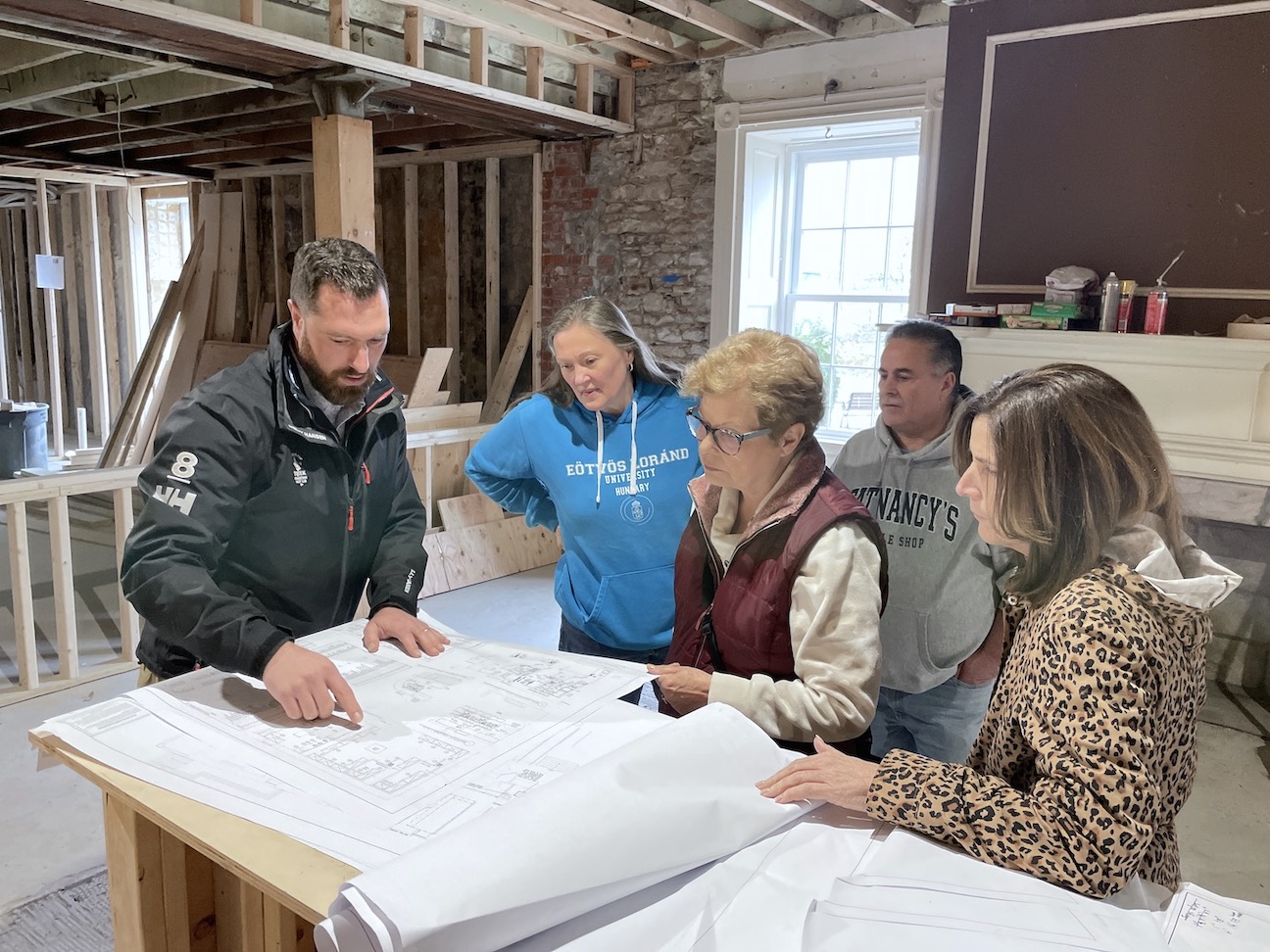Featured News - Current News - Archived News - News Categories
Karen Carr Keefe
Senior Contributing Writer
Waterfront revitalization has naturally been a longtime concern for Grand Island, a town whose entire perimeter is surrounded by water, and whose geography holds ecotourism potential.
At Monday’s Town Board workshop, James Sharpe, chair of the Comprehensive Review Advisory Board, presented a status update on the town’s Local Waterfront Revitalization Plan (LWRP).
Following the workshop, the Town Board, at its meeting, approved issuing a “negative declaration” through the SEQR process, validating that the LWRP will not have any negative effects on the community. The motion also OK’d starting the 60-day review process and sending the draft document to the state.
At the workshop, Sharpe outlined steps needed to adopt the new plan after a 60-day review and public input. The town adopted its latest LWRP in 2006. In 2017, the state requested a whole new plan be developed, because the 2006 document was inadvertently not ratified by the federal government.
The plan under development for the past five years is covered by a shared grant of $62,000 between the state and the town, whose $31,000 portion is an in-kind donation of work by town employees and members of the town’s Long Range Planning Committee.
The document is designed to provide a guide for future generations in land use, recreation and environmental needs.
“We also made sure the document was more in line about who we are … talking about every section of Grand Island,” Sharpe said. The planners came up with 26 projects for the Grand Island shoreline that could be implemented with public approval. “The biggest part of this document, to me, is having a seat at the table, as having a say about what happens on our shoreline.”
Sharpe said the town’s streams and creeks are getting dammed up, hampering the ability of the river to revitalize itself through freshwater channels
“Every time we try to fix them, we’re facing the (Army) Corps of Engineers and the DEC (state Department of Environmental Conservation) saying ‘You can’t go there; you can’t do that.’ ”
Under the new plan, Sharpe said that, before the federal or state governments do anything with the shoreline, they will need to get agreement from the town.
The purpose of the LWRP, according to the 2019 report, is to provide a plan for the waterfront and act as a guide for policy, projects and development within the defined boundaries. Grand Island’s boundaries include the Niagara River shoreline and significant interior creeks, as well as state and local parks and preserves. The line of demarcation is roughly 1,500 feet out into the water from Grand Island’s border.
The document, which contains 44 policies, will be reviewed by the town and referenced when Grand Island applies for funding involving waterfront projects and programs.
The review will seek comments from federal and state government and the town’s boards and departments.
There also will be public information sessions prior to a public hearing that will be scheduled after the state revises the document to include changes from the 60-day review. More changes can be added, based on comments at the public hearing.
Sharpe doesn’t expect the LWRP to be adopted by the town until January or February of 2024.





























